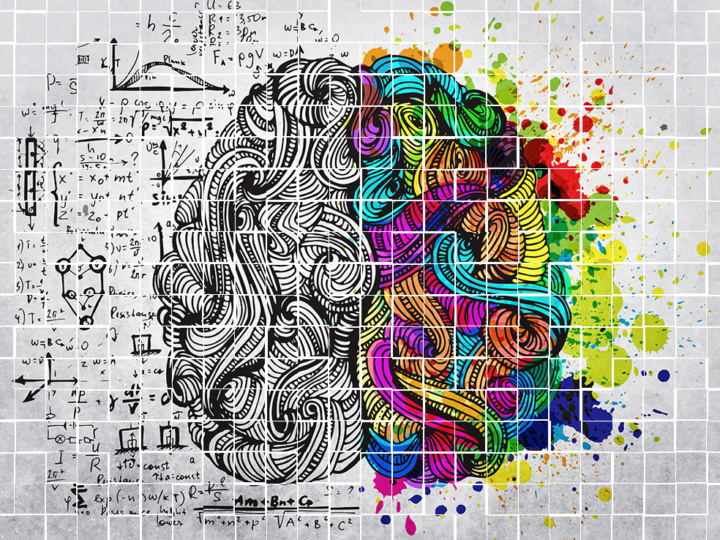When I was studying Design in college there were no computers. We relied on t-squares, drafting boards, rubber cement and x-acto knives to bring our designs to life. We drew our own icons and letters using Rapidograph pens. I spent an entire semester arranging a dozen black squares of different sizes in a big white square to learn the visual dynamics of shape.
After I graduated and got my first job at The Village Voice, the paper was still produced using galley text and paste-up. At first there was a guy who set the headlines one letter at a time using an optical printer! By the time I moved to Los Angeles, we had advanced to setting our own headlines on CRT monitors using string commands.
My first jobs working in Entertainment Design featured color copiers, stat cameras and air brushing. My first experience with WYSIWYG computers was a MacPlus that we set type on. Photoshop was a glorious invention, but it didn’t have layers at first so if you pasted a head onto another body, there was no going back.
Flash forward to now and I can’t imagine designing without Adobe Creative Suite, HTML/CSS and the hundreds of other hardware and software tools available. Times change and technology advances and we have to advance with it. In fact I love Photoshop like it’s a member of my family. But, my most important tool, the one I use the most, every day on every project, is my brain.
Saul Bass once said, “Design is thinking made visual.” I love that statement as it sums everything up so elegantly. Leave it to the master. For me, design without thought is mere decoration. I select from my whole arsenal of tools for every project, but first and foremost, I engage my brain every time.


